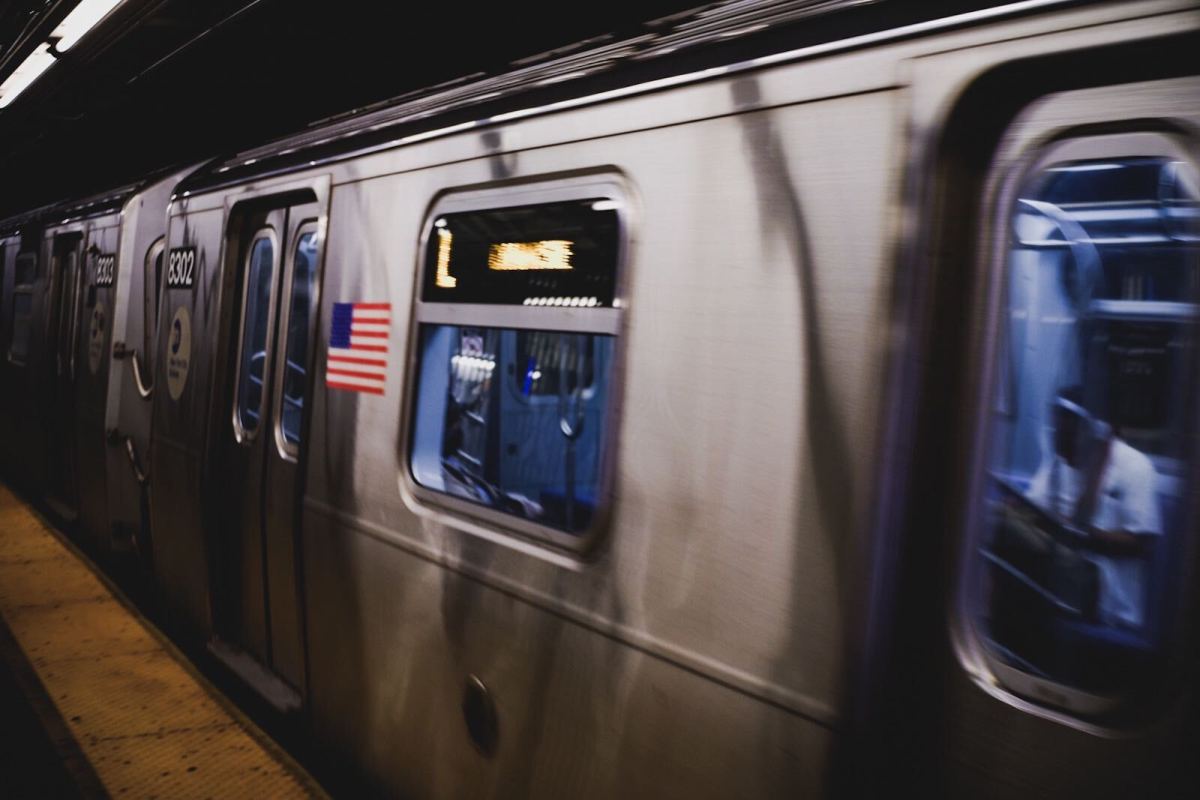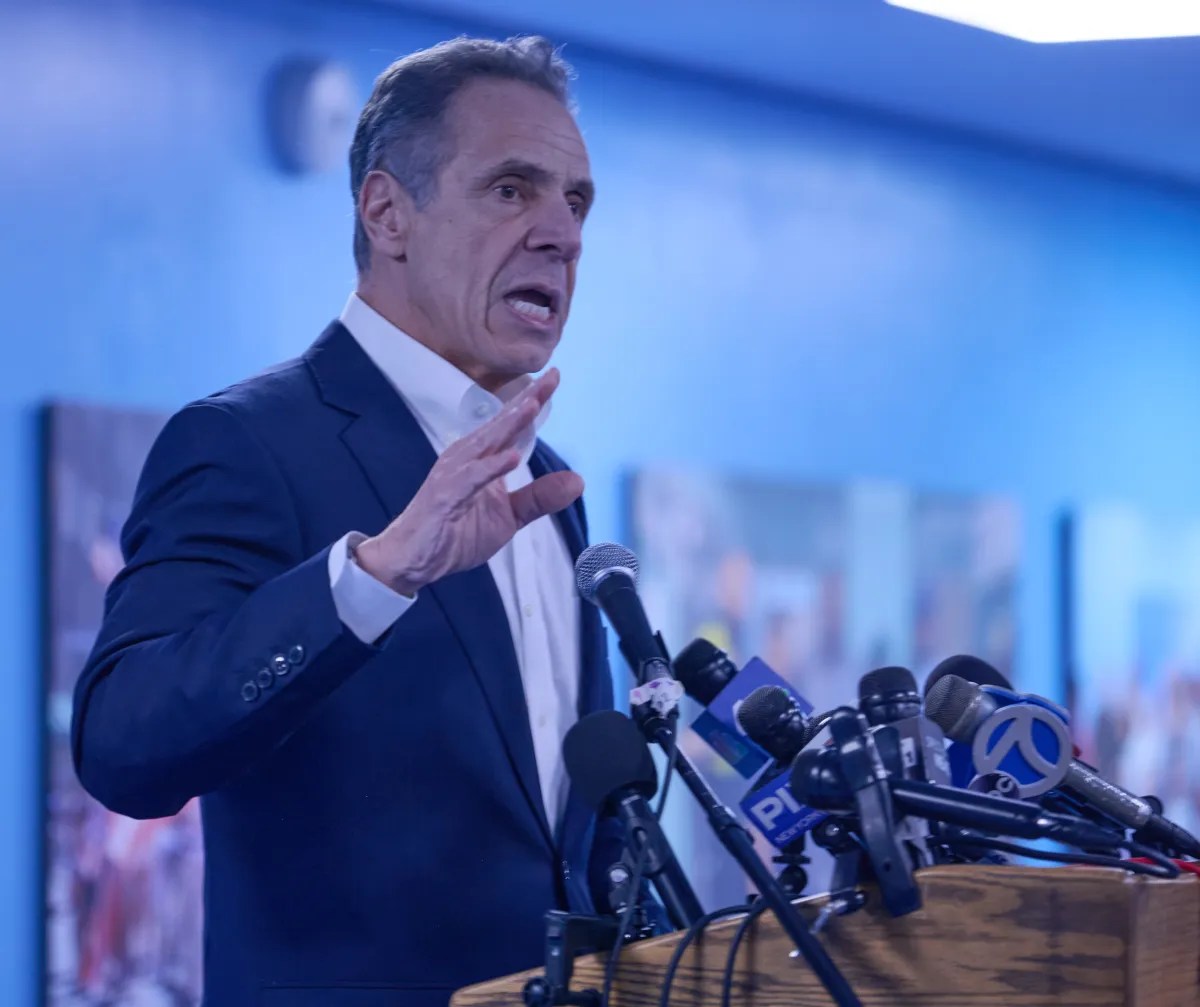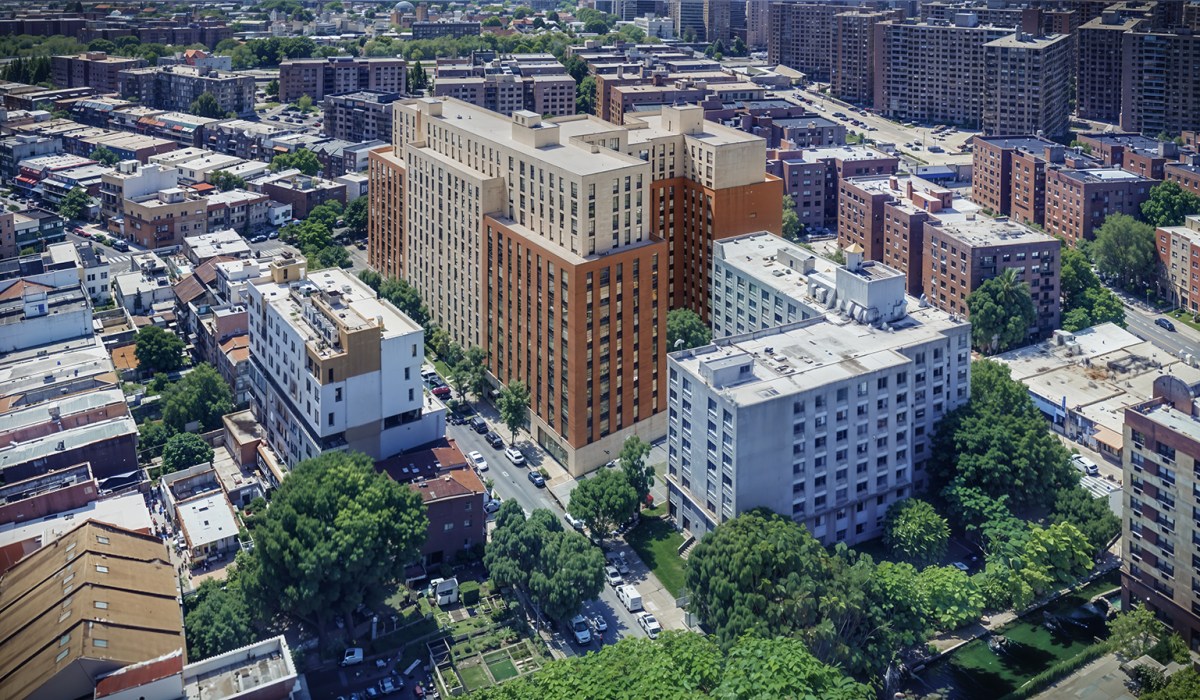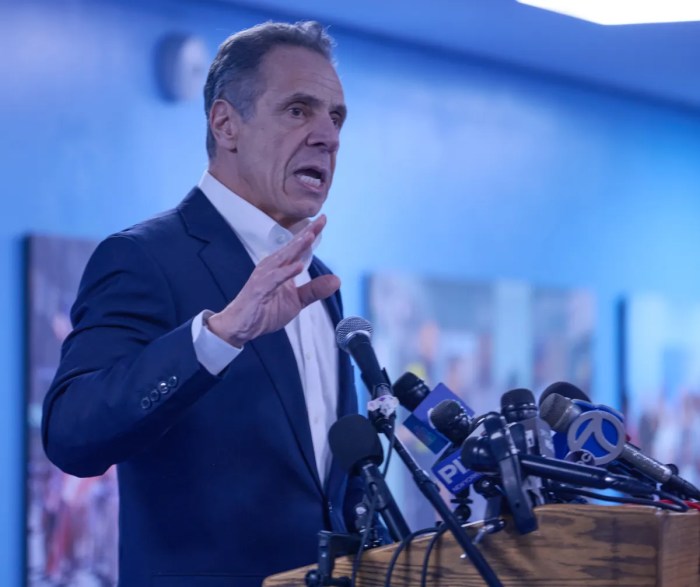It’s the worst fiscal crisis in the MTA’s history — a $10 billion deficit, resulting from the COVID-19 pandemic, that MTA Chair and CEO Pat Foye called a “four-alarm fire.”
MTA brass is considering how to further cut costs as catastrophic ridership loss has forced them to consider the $51 billion 2020-2024 capital plan, especially as the U.S. Senate stalls on providing $3.9 billion in the HEROES Act and congestion pricing still eluding the state.
During the MTA’s Wednesday meeting, top officials, including Chief Development Officer Janno Lieber, said with the well of revenue sources running dry over the past three months the ambition goal to modernize the subways and buses will be shelved until better times.
This decision comes as an apparent last resort for the agency which has recommitted itself to the capital plan throughout the pandemic despite losing $500 million a month and only receiving half of the $8 billion required in stimulus funds.
But a $10 billion deficit changes things. Just about every possible remedy — including a fare hike — is now on the table.
“A reduction in workforce has to be considered; fare and toll increases, service reductions and long term deficit financing. Though I have to say we don’t have the money to support a long-term deficit financing. So we have to create margin – room within our budget – to pay at least the interest for a time until a full repayment of these bonds,” Chief Financial Officer Robert Foran said. “So what you’re going to be considering is a combination of these items here.”
The financial hemorrhage will likely not be encapsulated to 2020. Foye expects the MTA to go back to the federal government for funding in 2021 in need of $6 to $7 billion. At the end of June, the MTA will likely run out of the original $3.8 billion provided by the federal government in the CARES Act two months ago.
With congestion pricing still awaiting approval from the U.S. Department of Transportation, Foye said there still has not been action toward tolling cars and trucks entering and leaving the city’s central business district.
Despite this, Foye said the funding expected to be provided by the proposal is only for capital improvements, not operating funds.
Such programs in the capital program that had progressed along the procurement route were shelved including delivering ADA accessibility to 23 stations and improvements to five stops along the 7 train, according to Lieber.
“Even the design work which we were trying to keep slowly moving forward so we would have more work ready to go when the crisis abated. That too we’ve had to place on hold,” Lieber said. “If we don’t get Heroes funding or something similar pretty soon, we are moving closer and closer to a fiscal cliff for the MTA capital program… If our leaders in Washington fail to act, the historic MTA capital program that this board adopted less than a year ago, which was enacted with so much leadership from the governor and the legislature, is at major risk.”
Though Foye did not make any specific comments of what the system will look like if or when it bottoms out, Lieber said examples are at New Yorker’s fingertips.
The Great Recession led to an over ten-year decline that culminated in what Governor Andrew Cuomo called the “summer of hell.”
“The capital budget got cut dramatically and we know what happened. In the decade that followed, service eroded,” Lieber said. “Service gets unreliable, things break down and our customers feel the consequences.
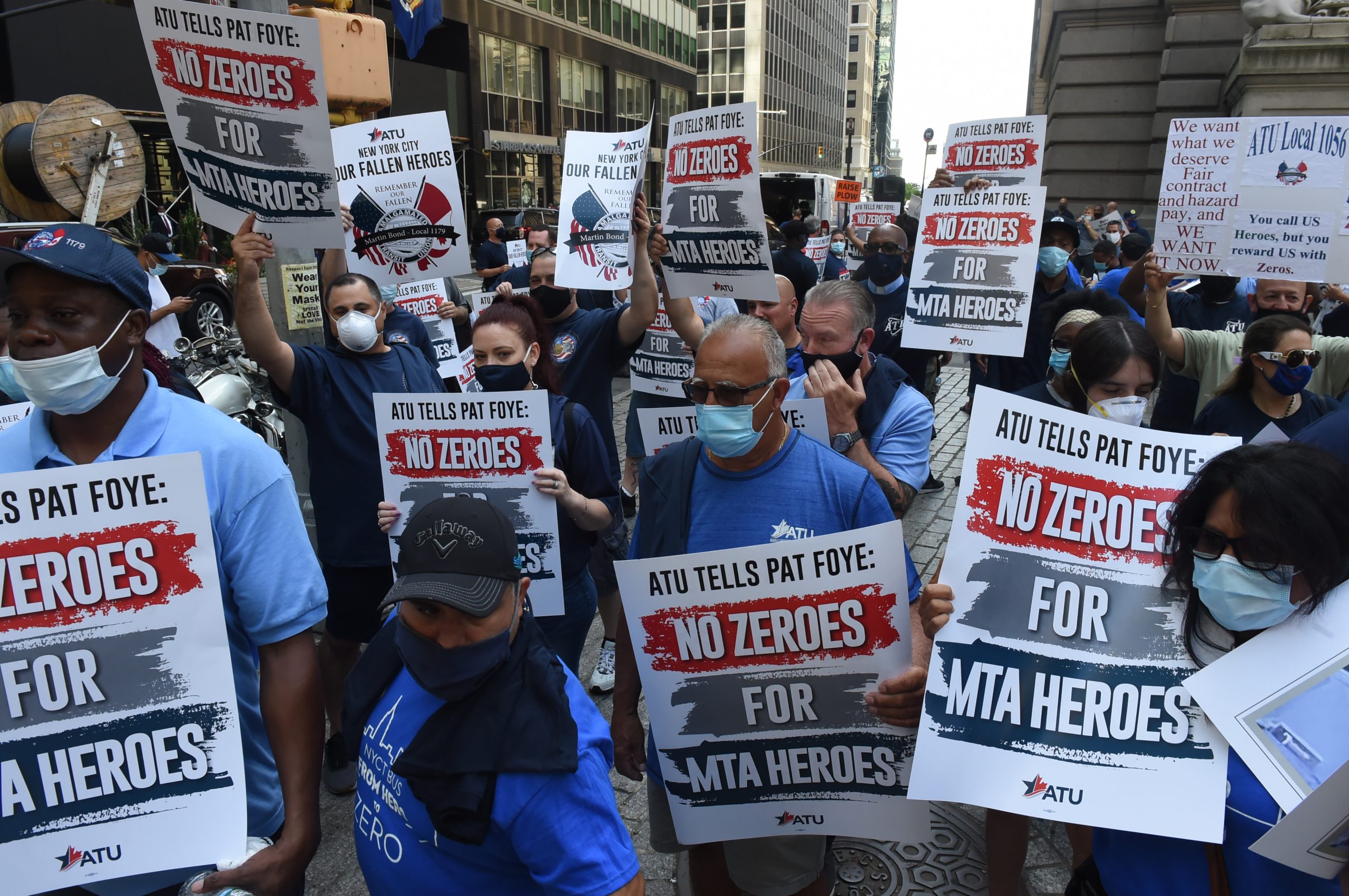
While the MTA continues to put pressure on Washington, the MTA’s employee are doing the same to them.
The Wednesday meeting was accompanied by protests from the Amalgamated Transit Union with the support from the Transport Workers Union Local 100. The former is calling for their next contract to match the TWU’s while both demand hazard pay from the embattled agency.



